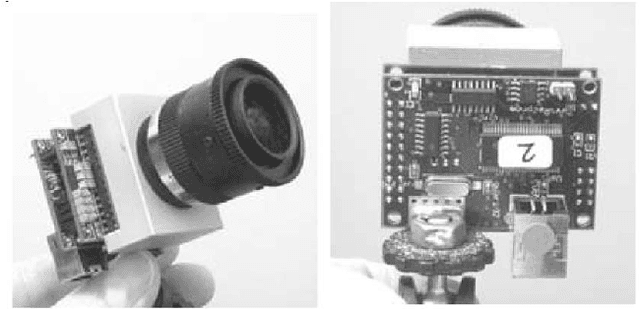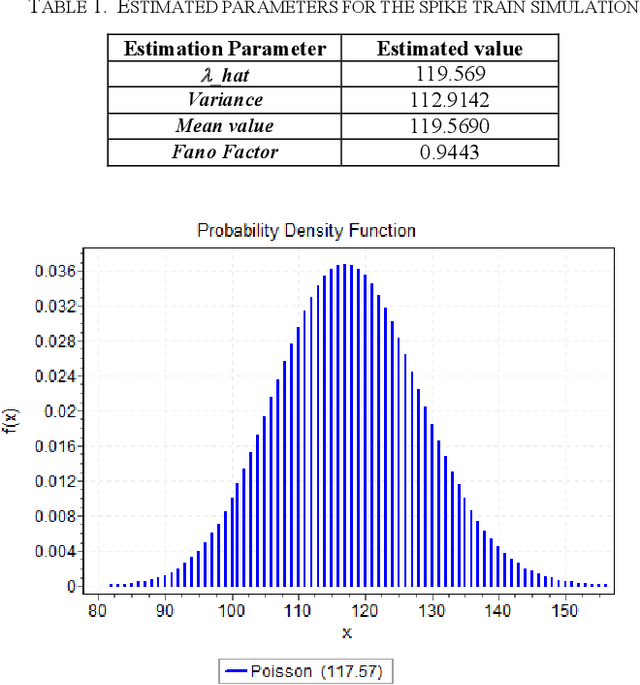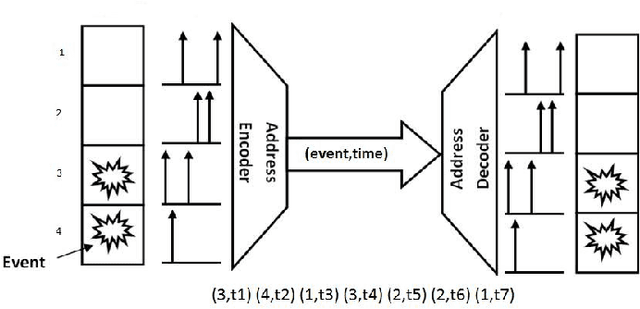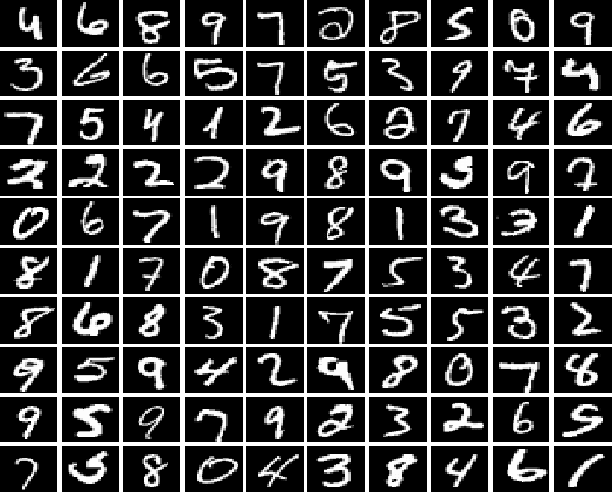Mahmood Ahmadi
Sentiment Analysis in Twitter Social Network Centered on Cryptocurrencies Using Machine Learning
Jan 16, 2025Abstract:Cryptocurrency is a digital currency that uses blockchain technology with secure encryption. Due to the decentralization of these currencies, traditional monetary systems and the capital market of each they, can influence a society. Therefore, due to the importance of the issue, the need to understand public opinion and analyze people's opinions in this regard increases. To understand the opinions and views of people about different topics, you can take help from social networks because they are a rich source of opinions. The Twitter social network is one of the main platforms where users discuss various topics, therefore, in the shortest time and with the lowest cost, the opinion of the community can be measured on this social network. Twitter Sentiment Analysis (TSA) is a field that analyzes the sentiment expressed in tweets. Considering that most of TSA's research efforts on cryptocurrencies are focused on English language, the purpose of this paper is to investigate the opinions of Iranian users on the Twitter social network about cryptocurrencies and provide the best model for classifying tweets based on sentiment. In the case of automatic analysis of tweets, managers and officials in the field of economy can gain knowledge from the general public's point of view about this issue and use the information obtained in order to properly manage this phenomenon. For this purpose, in this paper, in order to build emotion classification models, natural language processing techniques such as bag of words (BOW) and FastText for text vectorization and classical machine learning algorithms including KNN, SVM and Adaboost learning methods Deep including LSTM and BERT model were used for classification, and finally BERT linguistic model had the best accuracy with 83.50%.
evt_MNIST: A spike based version of traditional MNIST
Apr 22, 2016



Abstract:Benchmarks and datasets have important role in evaluation of machine learning algorithms and neural network implementations. Traditional dataset for images such as MNIST is applied to evaluate efficiency of different training algorithms in neural networks. This demand is different in Spiking Neural Networks (SNN) as they require spiking inputs. It is widely believed, in the biological cortex the timing of spikes is irregular. Poisson distributions provide adequate descriptions of the irregularity in generating appropriate spikes. Here, we introduce a spike-based version of MNSIT (handwritten digits dataset),using Poisson distribution and show the Poissonian property of the generated streams. We introduce a new version of evt_MNIST which can be used for neural network evaluation.
 Add to Chrome
Add to Chrome Add to Firefox
Add to Firefox Add to Edge
Add to Edge